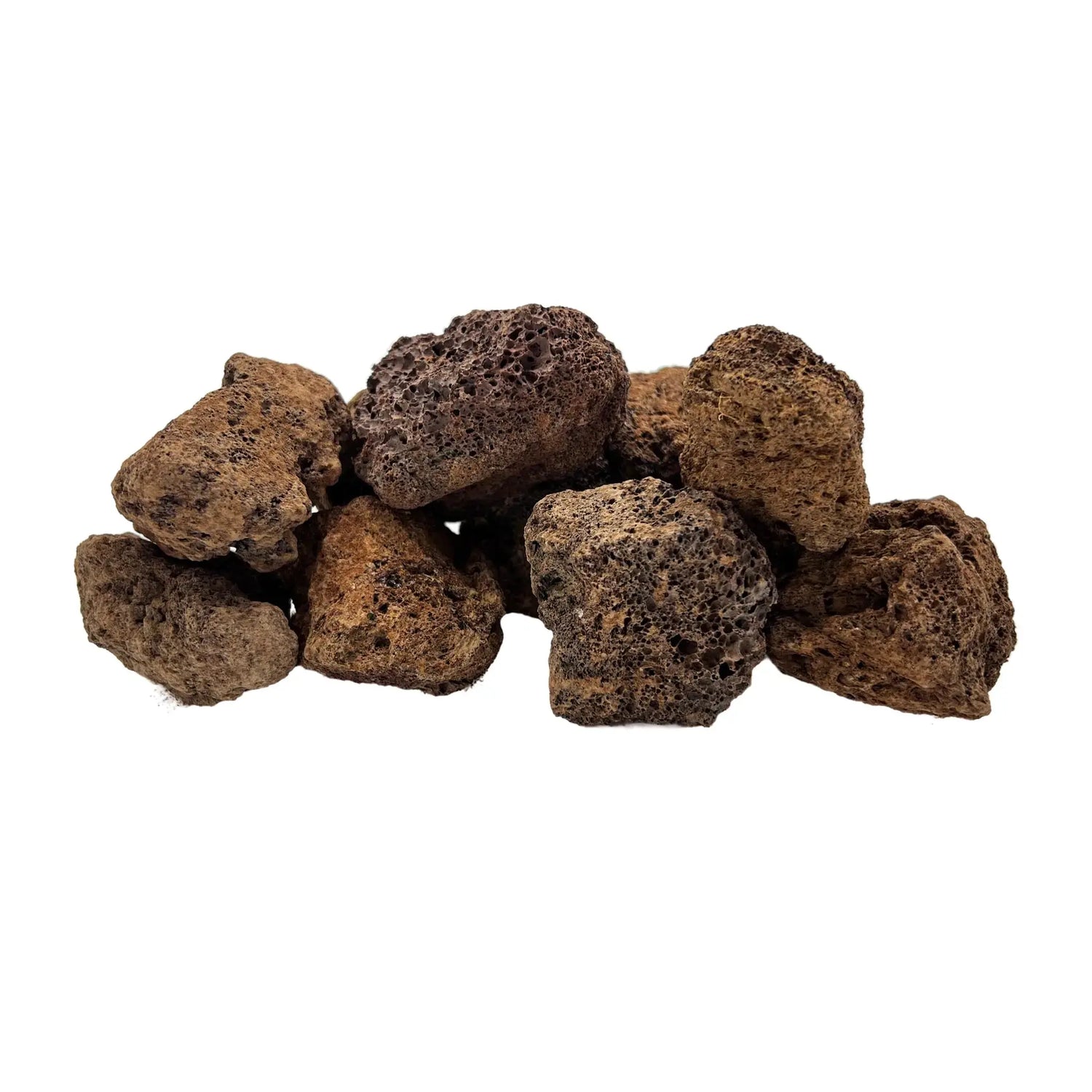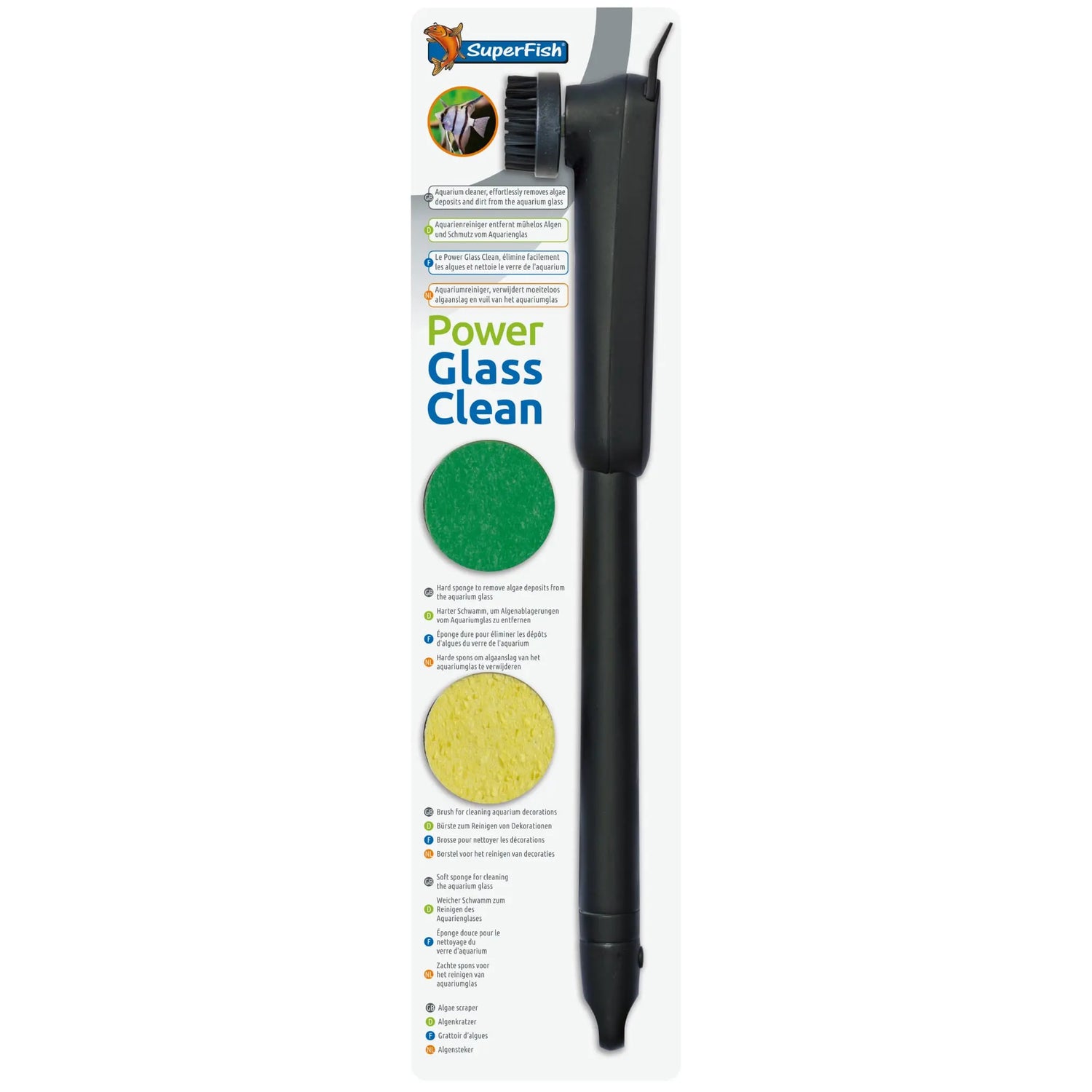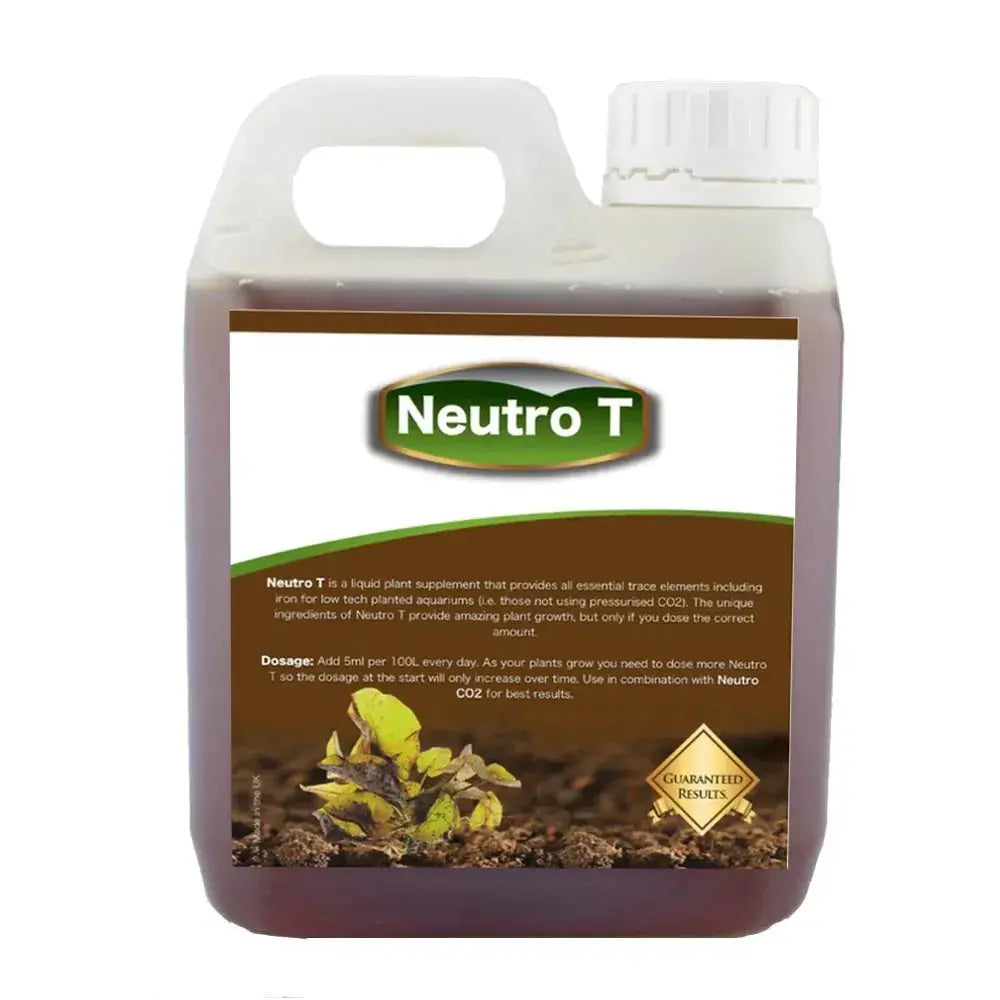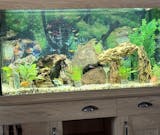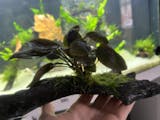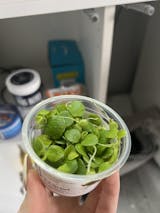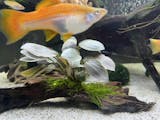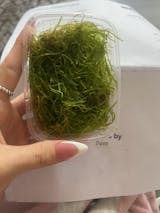The Importance of Substrate in Planted Aquariums
The substrate is the material that covers the bottom of the aquarium. It provides a place for plants to root, and it also provides nutrients for the plants to absorb via their roots.
There are many different types of substrate available, so it's important to choose one that is appropriate for your plants - we can always help if need be. If you are growing low-light plants, you can use a sand or gravel substrate. However, if you are growing high-light plants, you will need to use a substrate that is rich in nutrients (and we always recommend this).
The substrate should be at least 2 inches thick. This will give the plants plenty of room to root and physically push the plants into - but if you have a bit more, it will be easier. You can also add root tabs to the substrate if you wanted to give it an extra boost. Root tabs are small, nutrient-rich tablets that can be buried in the substrate. They will provide the plants with nutrients for up to several months and we recommend TerraTabs for this.
The substrate is an important part of any planted aquarium. It provides a place for the plants to root, and it also helps to filter the water and provide nutrients for the plants. By choosing the right substrate and taking care of it properly, you can help your plants thrive.
Here are some of the benefits of using a good substrate in your planted aquarium:
- Improved plant growth: A good substrate will provide your plants with the nutrients they need to grow healthy and strong.
- Reduced algae growth: A good substrate will help to reduce algae growth by providing the plants with the nutrients they need, so they don't compete with algae for food.
- Improved water quality: A good substrate will help to improve water quality by filtering out impurities and providing a home for beneficial bacteria. Substrates like Tropica Soil will also help set the correct pH, GH and KH for your plants.
Once you have chosen a substrate (there's lots to choose from), you always add it to an aquarium without water. If you try and do this with water in the tank, it will be unbelievable messy. So always drain the water fully first.
After you have added the substrate, add a couple of inches of water to make the substrate tacky and then you can add your plants. Be sure to plant the plants according to their specific needs starting at the back, working your way forwards.
Here are some additional tips for caring for your substrate:
- Do regular water changes: Regular water changes will help to keep the substrate clean and free of harmful bacteria (but don't plunge it - hover over it)
- Test your water regularly: Testing your water regularly will help you to ensure that the nutrient levels are correct for your plants.
- Add fertiliser as needed: We recommend Neutro T and Neutro CO2 to be added daily.
- Remove any dead or dying plants: Dead or dying plants can release harmful bacteria into the water, so it is important to remove them as soon as possible.
By following these simple tips, you can help to ensure that your substrate remains healthy and provides your plants with the nutrients they need to thrive.



